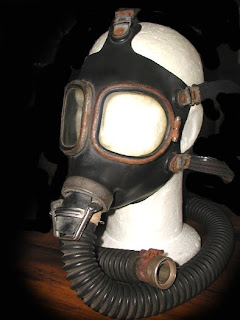The Carter Collections Center at Strawbery Banke houses many pairs of shoes as part of the costume and textile collection, including these two examples from c. 1785.


The first pair, constructed from kidskin leather and partially covered in ivory satin, remains in beautiful condition for its age. Markings inside the shoe tell that it was made by Chapman Bootmakers of London, and worn in Portsmouth by "Mrs. Windslow Peirce" (of a local family. There is also an early, probably original monogram "MCB"). A close-up photograph shows the front design of the shoe - the satin covering and binding, a pointed piece or "tongue" that extends over the top of the wearer's foot, and a complex bow edged with looped fringe. The side view shows a narrow heel, with the characteristic curves of the 18th century. It is easy to imagine such an exquisite piece of footwear for a wedding, even 200 years after the shoe was worn. Well known London shoe designer Emma Hope, who is currently designing a line of shoes and matching bags inspired by the Strawbery Banke Museum collection and is a member of the "Thread" design team, recently included similar features in a shoe for her wedding line - ivory satin, a bold front bow of grosgrain ribbon, with small narrow heels. They look as elegant in 2011 as they must have in the 1780s "

The second pair, less sturdy and constructed of pale yellow figured silk, were worn by Lydia Waite Williams of Salem, Massachusetts, and were a recent gift to Strawbery Banke. Miss Williams' shoes tend to wrinkle and fold due to previous storage conditions, but when new, the shape would have been similar to Mrs. Peirce's. The front bears the same pointed "tongue," a similar binding pattern, and little noticed "drawstring." The heel is equally narrow and sweeping, although shorter than the Peirce shoes. Miss. Williams' shoes are decorated in the front with sequins and beads, in a design that creatively suggests the bu

ckle closure of other period shoes-- a trompe l'oeil effect as observed by Paula Richter, Peabody Essex Museum."

Alexa Price
Strawbery Banke summer curatorial intern
Strawbery Banke shoes photographed on site by Alexa Price
Emma Hope shoe from www.emmahope.co.uk








































